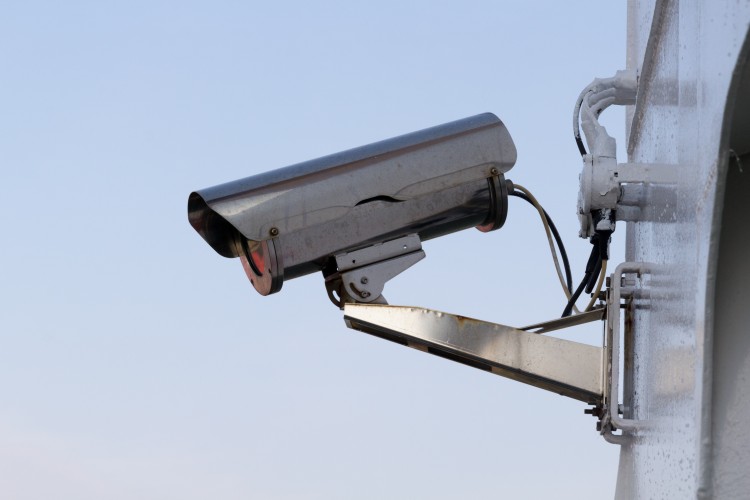
Home security systems differ in terms of complexity. While they require a professional to install, there are several home security systems you can install on your own following a DIY procedure.
You need no technical expertise or know-how to install such systems. Besides, they are easy to install and cost much less than a professionally-installed security system. These wireless systems are great for home renters, with covenants limiting them against drilling holes in walls.
Step-by-Step Security Installation Guide
- Determine the central point in your house and attach the base station to an electrical power source.
- Pull off the plastic tab from the entry sensor. This process should activate the internal battery.
- Attach the activated entry sensor to your front door.
- Expose the adhesive strip at the back of the battery sensor by peeling off the protective paper at the back. Attach the sensor to your door.
- The magnetic sensor has a peel-and-stick backing. Remove it and put it on the door’s side jamb. Ensure that the peel-and-stick aligns with the battery sensor your already attached to the door.
- Repeat the above procedure to install the entry sensor on the remaining doors and windows.
- Adjacent to your front door, install a motion sensor on the wall. The motion sensor should be wireless, in this case.
- Proceed to install wireless carbon monoxide and smoke detectors throughout the house.
- Install the control panel (digital control keypad) next to the front door to the wall’s interior.
- Input a personal private passcode into the control keypad. This passcode should allow you to arm and disarm the alarm system.
- Alternatively, you can configure the alarm system to your phone using a mobile application or a key fob.
- Connect and configure the video cameras to your WiFi connectivity.
- Connect the security cameras to a power outlet and test your home security system.
- If all components are working correctly, you’re good to go. However, if it fails to work, try repeating the procedure carefully. Otherwise, you may need assistance from professional personnel.
Key Components for a DIY Home Security System
Entry Sensors
These are sensors attached to the entry doors and windows. They trigger the alarm when the doors or windows are opened. The number you buy for your DIY project depends on the number of doors and windows in your house.
The Central Panel and Keypad
These are the center of control for your home security system. The keypad activates and deactivates the alarm. It also allows you to program alarm configurations.
Motion Detectors
Motion detectors detect movements around the house. They are usually put in corners and are paired with security cameras, thus recording videos upon detection of movements.
Smoke and Carbon Monoxide detectors
Smoke detectors trigger the alarm in the presence of smoke. You may need to install one at every floor level, staircase, or bedroom. You can use adhesives to mount it on the walls or by screwing.
Final Thoughts
Installing home security through a DIY project is cost-effective. However, the security package components may vary depending on the home security companies. The good thing is that you can buy these components to build a custom home alarm system.
We hope you found this blog post on How to Install Alarm Systems in Your House, useful. Be sure to check out our post Kitchen Safety as a Priority:7 Necessary Steps on for more great tips!
Have Experience in the Moving Industry? Want an Additional Income Stream? Work With All Around Moving!
The Work With Us program provides experienced moving consultants with the opportunity to run their own Relocation Consultant business from anywhere in the USA. Click here to learn more.





